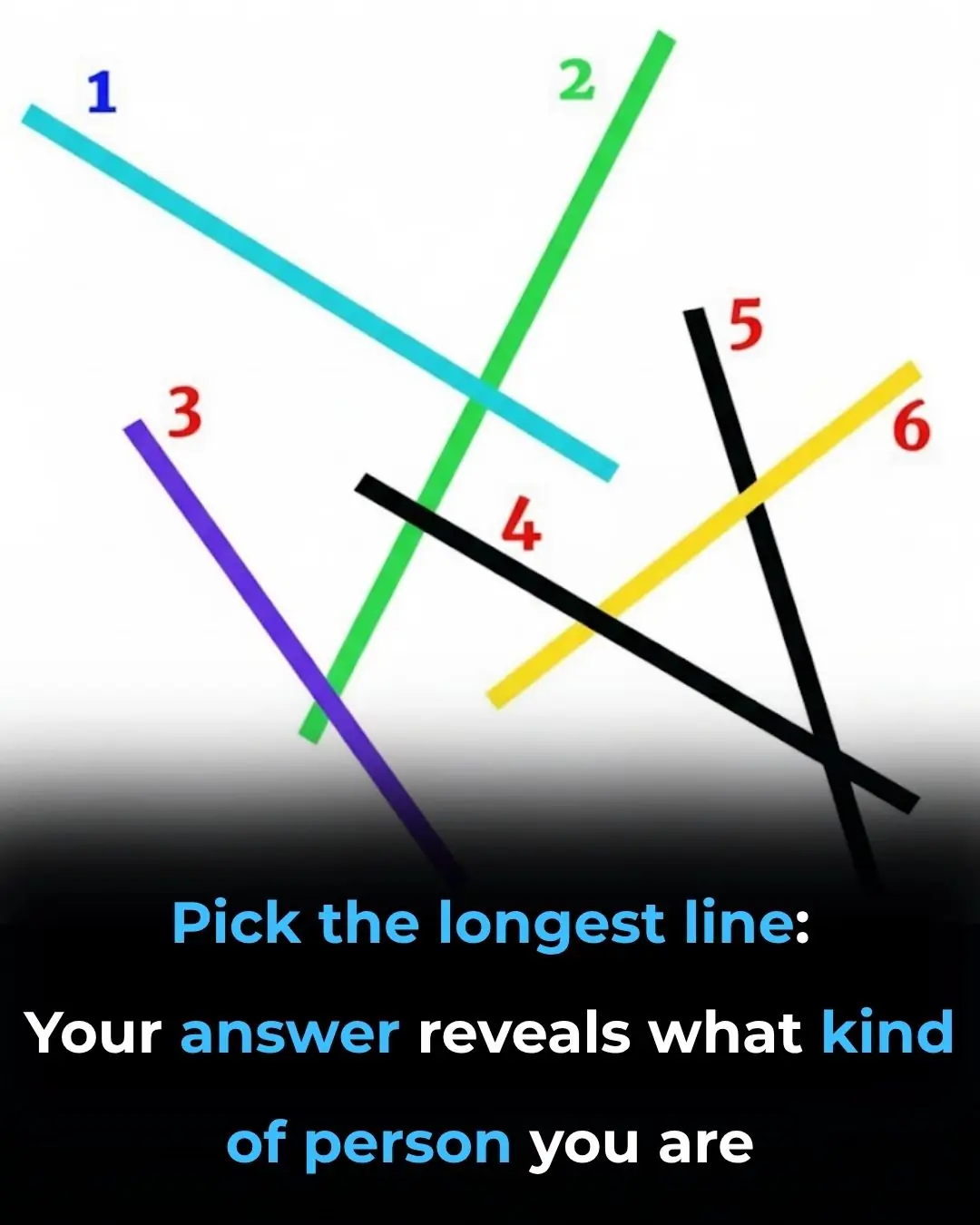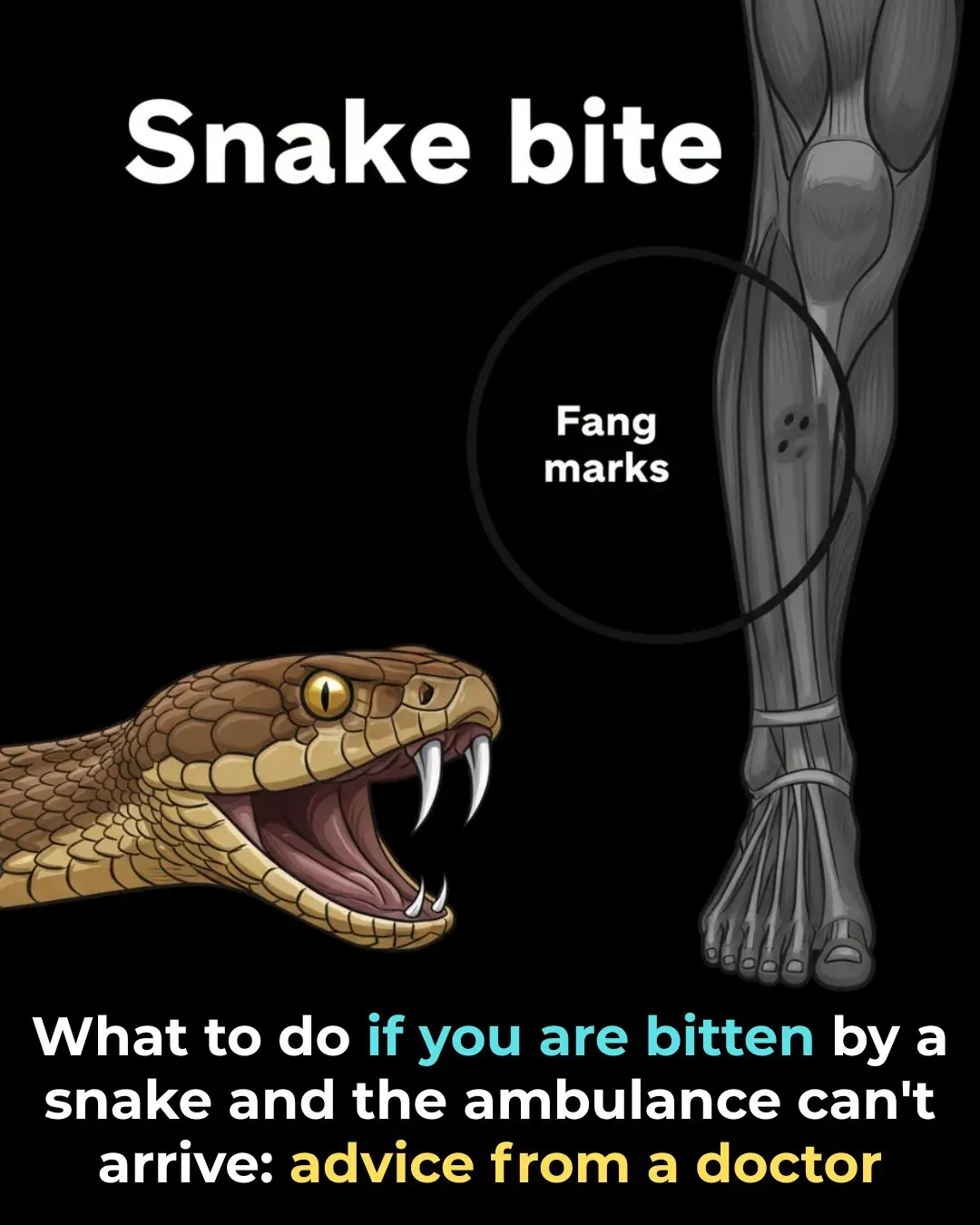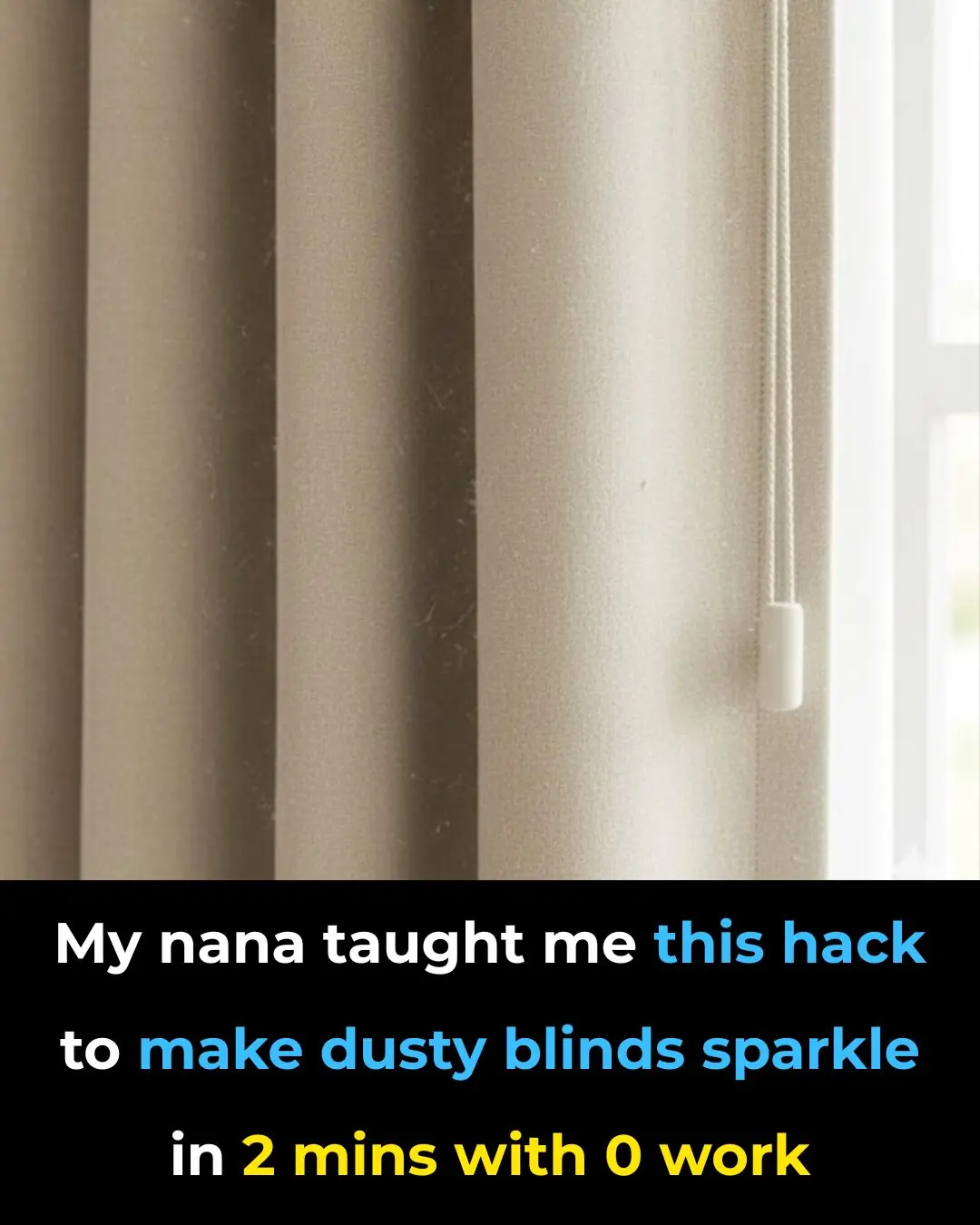
Why We Sleep With ‘T-Rex Arms’: A Self-Soothing Posture Linked to Stress and Neurodivergence
Have you ever noticed your hands curling up while you sleep — like a pair of little T-Rex arms? It’s more than just an endearing quirk: this widely observed sleeping position may serve as a subtle form of self-soothing, especially for people whose nervous systems are dysregulated or who identify as neurodivergent.
When the body encounters stress, anxiety, or sensory overload, curling the hands inward offers a quietly stabilising posture. By bending the wrists and holding the arms close, one may instinctively create a small “safe zone” around the torso and head, almost like a physical reset button for the nervous system. In doing so, the body appears to calm its flight-or-fight responses and shift toward a more regulated, “rest and digest” state.
Sleep experts have begun to recognise that our posture during sleep isn’t simply about comfort or habit — it can reflect how our nervous system is functioning. For example, research highlights that certain sleeping positions are found more often in high-stress individuals or those experiencing anxiety. Real Simple+1 And within the neurodivergent community, the position sometimes termed “dinosaur hands” or “T-Rex arms” has emerged as a meaningful pattern. Some articles report that for many neurodivergent people this posture offers a sense of containment and regulation. neurosparkhealth.com+1
In fact, sleep studies with neurodivergent adults and adolescents note that sleep problems are especially common among individuals with conditions such as autism and ADHD. Neurodivergent Insights+1 While these studies typically focus on sleep quality or circadian rhythm disruptions, rather than specific arm positions, the broader pattern suggests that body posture in sleep can signal coping mechanisms in play, particularly when regulation is more challenging.
By recognising these subtle cues — like arms curled close during sleep — we deepen our understanding of neurodivergent patterns and how the body instinctively seeks comfort. The curled-arm posture may act as a low-level sensory input: the limbs are held in, reducing external sensory influx, the chest area is somewhat “shielded,” and the person may feel more embedded in the sleep surface rather than floating or open. All of this can help reduce overstimulation and facilitate transition into deeper sleep.
So next time you notice “T-Rex hands” in your sleep or someone else’s, know that it may be your body’s own clever way of self-soothing—working quietly while you dream. It is a reminder that our body language in sleep, far from being random, can carry meaning about our internal state and regulatory needs.
Additional notes and tips
-
If you’re someone who often sleeps with this position and you feel comfortable with it, it may simply be your body’s efficient way of seeking safety and regulation.
-
On the other hand, if you experience discomfort (e.g., numbness in wrists or arms) from holding curled-arms for long periods, you might consider a gentle stretch before sleep, a looser position or a pillow under the arms to reduce strain. (Such discomfort has been noted in anecdotal and journalistic reports of “T-Rex arms.”) Verywell Health+1
-
If you are neurodivergent, or suspect you might be, and have persistent difficulties with sleep (difficulty falling asleep, staying asleep, or waking feeling unrefreshed), consider consulting a professional sleep specialist. The sleeping posture is only one piece of the puzzle — sleep hygiene, sensory environment, routines and underlying neurological factors all matter.
-
Creating a “sleepsafe” environment can enhance the benefit of any natural self-soothing posture: dark, quiet, cool enough room; minimal stimulation before bed; consistent bedtime routine; and comfortable bedding. In neurodivergent children and young people, attention to sensory sensitivities (light, sound, texture) in the bedroom has been shown to improve sleep. bedslutonchildrenshealth.nhs.uk
References
-
RealSimple: “These Sleep Positions Could Be a Hidden Sign of Stress, Health Experts Say.” Real Simple
-
Psychology Today: “Your Sleep Position Affects Much More Than You Think.” Psychology Today
-
Neurodivergent Insights: “Autism, ADHD, and Sleep.” Neurodivergent Insights
-
Verywell Health: “What Your Sleep Position Says About You.” Verywell Health
-
Neurospark Health: “What Does Sleeping with Dinosaur Hands Mean?” neurosparkhealth.com
-
NHS Beds + Luton Children’s Health: “Sleep for Neurodivergent Children and Young People.” bedslutonchildrenshealth.nhs.uk
-
PositivePsychology.com: “4 Best Self-Soothing Techniques & Strategies for Adults.” PositivePsychology.com
-
Verywell Health (news): “Sleeping With T-Rex Arms: How to Manage Wrist Pain and Discomfort.” Verywell Health+1
News in the same category


When Pleasing Others Hurts Your Health: New Study Links People-Pleasing to Autoimmune Risk

Choose the Longest Line

France Turns Forgotten Railway Tunnels into Poetic Winter Shelters for the Unhoused

Rose Essential Oil May Boost Brain Structure: New Study Reveals Increased Gray Matter Volume

Why So Many New York Buildings Don’t Have a 13th Floor

Pouring medicated oil on garlic seems like a strange thing to do, yet it offers surprising benefits that not everyone knows about

Always Close Your Bedroom Door Before Going to Sleep

Why So Many New York Buildings Don’t Have a 13th Floor

Norway’s Living Kelp Barriers: Nature-Built Protection for a Changing Coastline

Italy’s Porous Streets: A Quiet Innovation That Lets Cities Breathe Again

How Israel Is Turning Water Pipes Into Clean Power Plants

Powerful Health Benefits of Pineapple You Should Know

🐍 What to Do If You’re Bitten by a Snake — When Help Is Far Away

Motherhood Rewires the Brain: Why Postpartum Recovery Takes Years, Not Weeks

Eating More Than One Egg a Week May Slash Alzheimer’s Risk by 47%

CRISPR Breakthrough Offers Hope for a Potential HIV Cure

Four Teens Risk Their Lives to Rescue Elderly Neighbor from Burning Home in Sapulpa
News Post

Just tried this and whoa

2 Simple and Effective Ways to Remove the Smell from Long-Frozen Meat

Lady had a bunch of empty old pill bottles

There’s a “Hidden Component” Under Your Washing Machine That Can Make Your Clothes Cleaner and Fresher

Wish I saw this sooner! Great tips!

Why Lung Cancer Targets Non-Smokers: The Hidden Kitchen Culprit You Might Not Know About

“Painting the Impossible: China’s Drone Experiments Turn Cliffs into Giant Artworks”

Dropping wind oil on garlic

‘Why Did You Come to This School?’: Lawsuit Says Chicago School Let 10-Year-Old Black Girl Be Called the N‑Word, Punched, and Threatened Daily—Then Blamed Her for the Disruption

Don't boil chicken with salt and water, otherwise it will be fishy and turn red.

Take the meat from the freezer and it's hard as bricks

Your Mattress Getting Dirty and Smelly? Sprinkle This on the Surface — No Water Needed, and It’ll Look Fresh Again

Sink Trick You Should Always Do Before Vacation

My nana taught me this hack to make dusty blinds sparkle in 2 mins with 0 work

How To “Remove” All The Chemicals Out Of Store-Bought Chicken

Stadiums of Sanctuary: A Winter Refuge Beneath South Africa’s Grand Arenas

Newly Discovered Molecule Could Allow Teeth to Heal Naturally, Transforming the Future of Dentistry

If You Want Your Meat to Stay Fresh Longer, Make Sure to Do This One Extra Step Before Refrigerating

Sweden Turns School Lunchrooms Into Forest-Inspired Sanctuaries to Boost Student Well-Being
